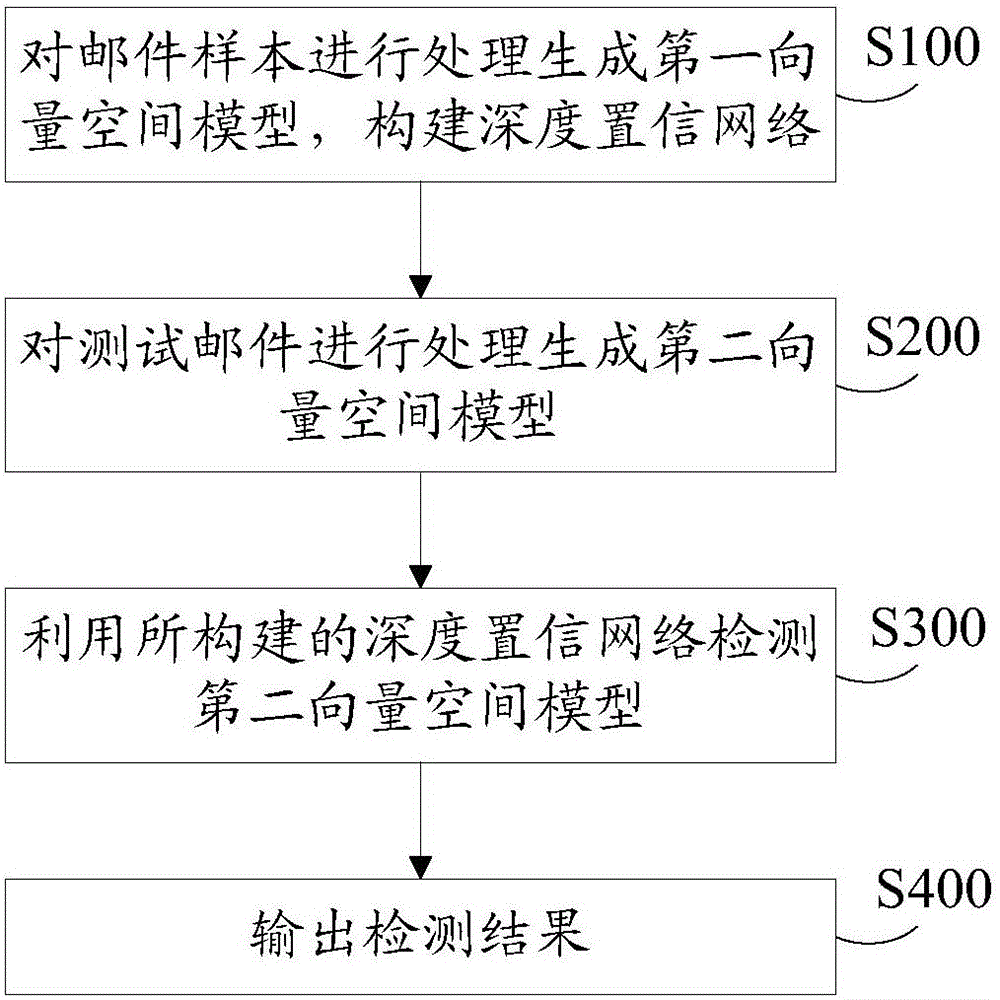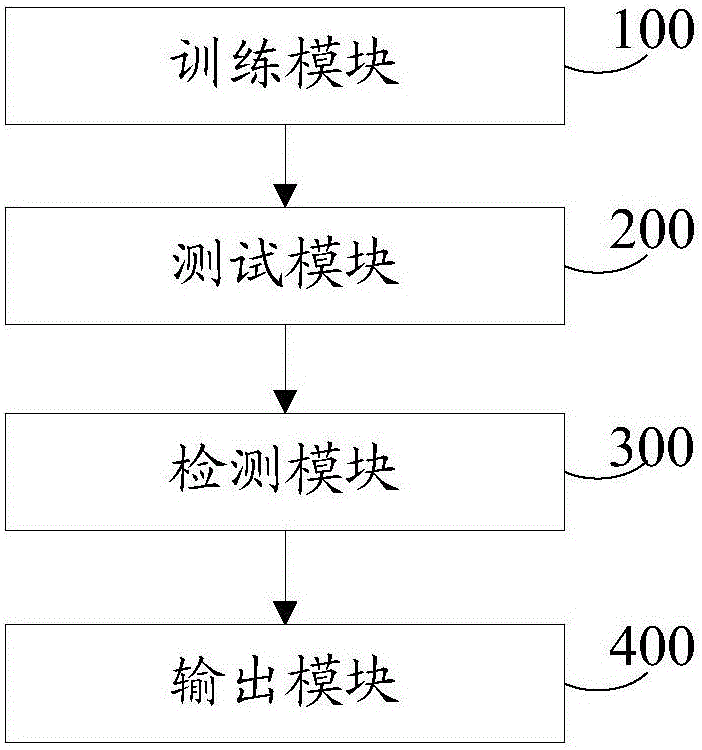Spam filtering method and system based on deep learning
A spam filtering and deep learning technology, applied in the field of spam filtering, can solve problems such as troubles, improve accuracy and stability, save time and manpower
- Summary
- Abstract
- Description
- Claims
- Application Information
AI Technical Summary
Problems solved by technology
Method used
Image
Examples
Embodiment Construction
[0054] The present invention provides a spam filtering method and system based on deep learning. In order to make the purpose, technical solution and effect of the present invention clearer and clearer, the present invention will be further described in detail below with reference to the accompanying drawings and examples. It should be understood that the specific embodiments described here are only used to explain the present invention, not to limit the present invention.
[0055] The invention provides a spam filtering method based on deep learning. Through the self-learning ability of the deep trust network, combined with the advantages of big data, a large number of samples on the network are used to learn and improve the classification ability. On the one hand, it can improve the recognition of spam On the other hand, the deep belief network is a semi-supervised learning model, which can be trained with a large-scale unlabeled sample set. Compared with the traditional supe...
PUM
 Login to View More
Login to View More Abstract
Description
Claims
Application Information
 Login to View More
Login to View More - R&D
- Intellectual Property
- Life Sciences
- Materials
- Tech Scout
- Unparalleled Data Quality
- Higher Quality Content
- 60% Fewer Hallucinations
Browse by: Latest US Patents, China's latest patents, Technical Efficacy Thesaurus, Application Domain, Technology Topic, Popular Technical Reports.
© 2025 PatSnap. All rights reserved.Legal|Privacy policy|Modern Slavery Act Transparency Statement|Sitemap|About US| Contact US: help@patsnap.com


